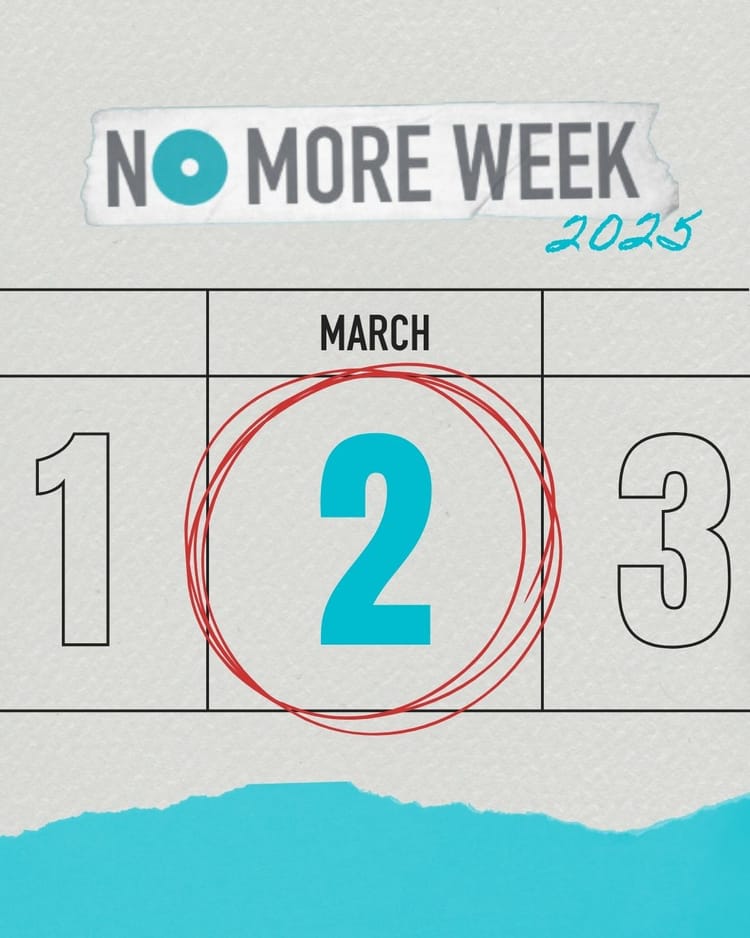What to Know About California’s New Yes Means Yes Law, From a Woman Who Helped Write It

Going beyond those three words.
The phrase “Yes Means Yes” is catching on nationwide, thanks to the new law launched in California that requires college students to give consent before sex. What does it mean? How can it be implemented? How can it be enforced? It’s a memorable motto—and definitely more proactive than “no means no”—but what does the new law actually do?
Here’s what you need to know, from one of the women who helped make it a reality. Denice Labertew, J.D., Director of Advocacy Services at the California Coalition Against Sexual Assault, worked closely with the bill’s author, Senator Kevin deLeon.
It’s broader in scope than just “yes means yes.”
“It’s the part that people attach themselves to because it represents a shift in thinking,” Labertew says. But the bill, SB967, was actually designed to address how to respond to sexual assault on state-funded college campuses in three major ways.
Part One
The sexual-misconduct campus adjudication process. Basically, the law finally lifts the burden from sexual assault survivors—to resist, to find help, to seek out justice, to explain how it happened—to the people who should respect and protect them. Now, it’s survivor-centric. The initiator should have gotten a “yes”; the recipient shouldn’t have to say “no.”
The law spurs a shift in thinking about what sexual engagement actually means, which is why it’s taken on a life of its own. “Instead of a survivor having to answer for her or his behavior with the assumption that she should have been available for sex until saying no, the burden is now on the accused. They have to say: ‘This is why I thought I had consent,’” she says.
Many schools use affirmative consent already. This simply codifies a more uniform approach to the adjudication process at California colleges.
Part Two
Community engagement. There’s now a deliberate focus on off-campus support resources. Colleges will be required to collaborate with local organizations like rape crisis centers to make sure they have a strong presence for students—ideally before assaults even take place, and also during any adjudication process.
“There’s a greater emphasis now on community partnerships. In the past, we saw colleges being able to circle the wagons. This will make campuses less insular and limits the potential conflicts between the needs of the survivor and the needs of the institution,” Labertew says.
Part Three
Prevention. Schools will need to implement comprehensive prevention programs for all incoming and transfer students. This is especially important during college orientation, a time when the risk for sexual assault is high. It also addresses a critical gap with prevention strategies that go beyond orientation and aim to saturate a campus community. Comprehensive prevention programs are things like self-defense classes, assault awareness seminars, and bystander intervention programs.
An amnesty clause will support victims and bystanders.
If a student was assaulted or witnessed an assault at a party with, say, underage drinking, he or she won’t get in trouble for being there. This should help other students come forward or intervene without fear of punishment.
Yes means yes redefines what sexual assault means.
“The reason this has blown up is because we exist in a society that effectively says women’s bodies are up for grabs. Now we’re flipping it: Other people’s bodies are not just available—until they say so,” Labertew says.
What does this mean for the country? “As a society, we have the tendency to be sex-phobic. Now we’re having a real conversation: This doesn’t work for me. Let’s do this, or not do that, or I’m not interested. It has people talking,” Labertew says.
Party With Consent founder Jonathan Kalin works to empower men on college campuses to understand what consent really means (check out NO MORE’s interview with him a few months ago) in an approachable, positive way. He says the bill is a sign that policy is catching up with society. “Policy is finally reflecting a culture shift: a not-no doesn’t equal a yes. The law can normalize what we’ve been talking about for so long; it will take away some of the awkwardness in talking about consent,” he says.
It gives hope to students who feel shamed or stigmatized.
Savannah Badalich is a UCLA student, a member of the NO MORE team, and the founder of 7000 in Solidarity, a campus group that boosts sexual assault resources and survivor support.
“To call the law monumental is an understatement. Many survivors don’t report their sexual assault due to the feeling of shame or guilt, as if they could have prevented their own assault. … Prior to SB 967, a university’s conduct hearings or honor court could use their own silence and shock against them, asking: ‘Why didn’t you fight back?’ ‘Why didn’t you say no multiple times?’ ‘Why were you drinking with them?’ or ‘Why did you put yourself in that situation?'”
But that’s changing.
“This law goes beyond changing a definition for an adjudication process—it’s creating a cultural shift. All incoming freshman and transfer students must go through new student orientations with these new definitions. Students will be educated on affirmative consent to not only prevent sexual assault from occurring but to help shift a campus climate from one of silence and stigma to one of support and healing,” she says.
That’s something we can all say yes to.
Learn more about CALCASA’s work with colleges to prevent sexual violence here. And visit NO MORE’s Toolkit to spread the message on your own campus.
Together We Can End Domestic and Sexual Violence






